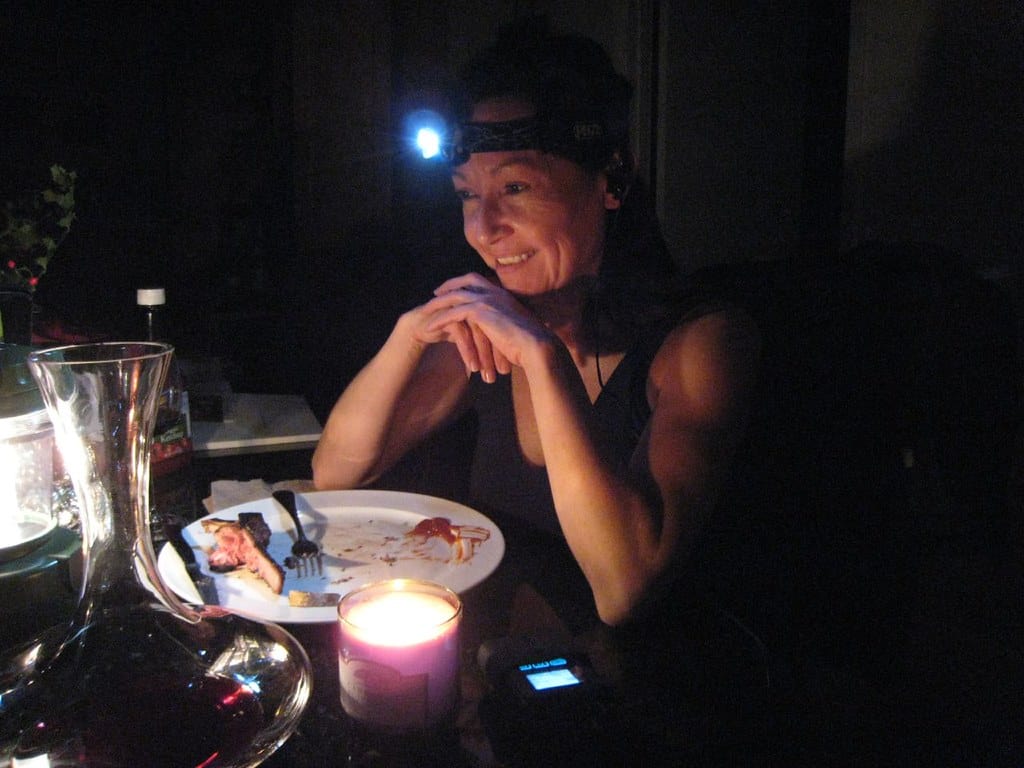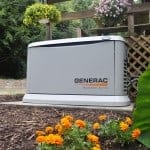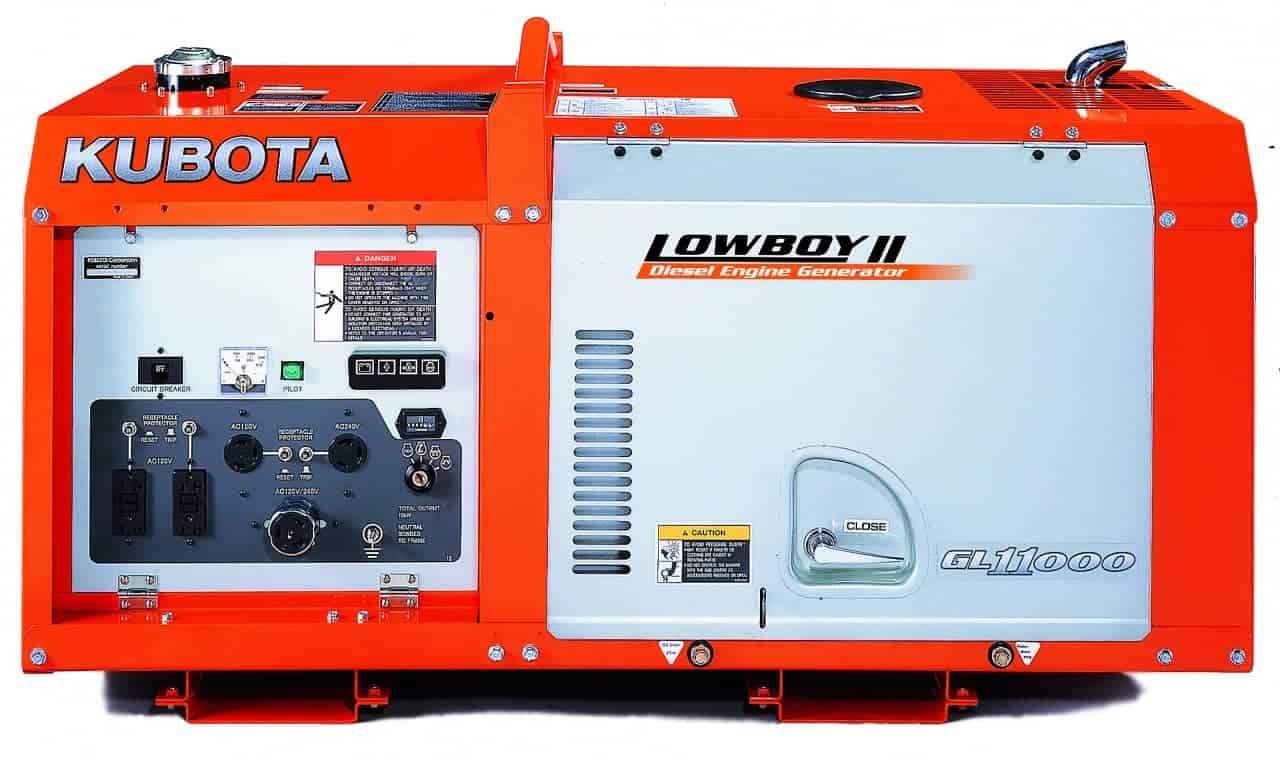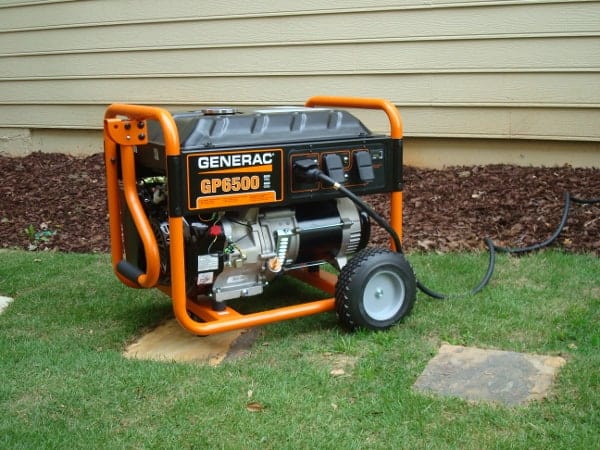The decision to install a standby generator isn’t something to take lightly. Standby generators with installation are a considerable investment, but they offer your home and family a measure of protection and peace of mind that no other appliance can match. Making the right choice includes considering power requirements, fuel use, and power management.
Generator Power
Consider how much power is required by determining what appliances are absolute necessities. Medical equipment should top the list followed closely by the refrigerator, freezer, sump pump, well pump, and the furnace if you live where temperatures drop below freezing. Include at least one lighting and convenience circuit in your list of essential equipment.
Secondary or convenience circuits are next. A kitchen counter-top circuit will let you prepare food using small appliances, and having use of the television or computer will keep you up-to-date on weather and other emergency related news. During a heat wave, a working central air conditioner can make the difference between staying in your home or seeking shelter in a hotel.
Fuel Use
The electrical load determines the amount of fuel consumed. A 20kW air-cooled standby generator consumes about 2 gallons of LP gas per hour at half load to produce 10 kilowatts. That is about 336 gallons per week during an extended outage. By comparison, an 11kW generator uses about 200 gallons of LP to produce 5500 watts for one week.
Determining what circuits are essential will directly affect the amount of fuel used by the generator. A homeowner reliant on LP gas to power a generator should carefully consider how much power the generator will supply to ensure they don’t run out of fuel during an extended outage. A larger tank will extend running times, as will judicious use of power.
Natural gas supplies don’t rely on home-based storage tanks, but using more fuel results in higher fuel costs.
Automatic Transfer Switch
Standby generator manufacturers design and build automatic transfer switches to work with their generator’s controllers, a factor that makes considering the transfer switch just as important as selecting the generator.
Even smaller standby generators can supply power to an entire home if that power is managed properly, and some automatic transfer switches include power management, which in part determines how much power the generator must supply. Transfer switches that include power management capabilities control the use of high-voltage appliances such as central air conditioners, water heaters, and well pumps.
Strategies differ by manufacturer. Some determine the starting requirements of an appliance, then check if the generator load will permit starting before allowing the unit to start. Others monitor the generator load condition and shut off the appliance if it causes an overload.
The right whole house power management strategy can make it possible for a smaller generator to provide a home’s emergency standby power and they make sense when two appliances can share power. For example, two air conditioners can alternate running. AC-1 is off while AC-2 runs, and vice versa.
Selecting a Standby Generator
First conduct a power audit of all the circuits in a home to determine where and how much power is used. Decide what circuits are essential during a long-term power outage, and what circuits are merely a convenience. Use a sizing guide for standby generators to determine the kilowatts required by the home, and decide if power management is an option.
Choosing the bare minimum is rarely a good idea. Once the load approaches the generator’s rated continuous power, it doesn’t take much to push it into an overload condition and the unit’s main breaker will open. Plan to leave about 25 percent of the generator’s rated capacity unused, and there will be plenty of power when you need it without worrying.
Deciding which standby generator and automatic transfer switch will protect your home and family isn’t necessarily easy, but taking the time to consider all the factors will help you make the correct decision.

















